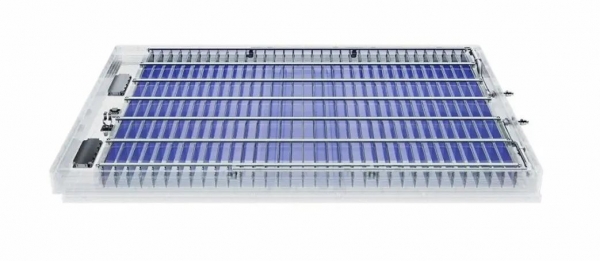
Chinese battery giant CATL unveiled its Gen 3 cell to pack (CTP) technology which it claims can offer electric vehicles with 1,000km traveling distance per change.
CTP is the company’s key technology that allowed it to win Tesla’s battery orders for the Model 3.
Conventional batteries in EVs are made out of cells, modules and packs. But CATL’s technology makes cells into packs directly without a module.
This allows for batteries to be packed in a vehicle, which allowed CATL to overcome lithium iron phosphate (LFP) battery’s relatively lower energy density than NCM batteries.
CATL said its Gen 3 CTP batteries, called Qilin by the firm, have 13% higher energy density than 4860 batteries at 255wh/kg.
This will allow batteries to be packed in EVs for 1,000km traveling distance per charge, the company claimed.
The batteries will also be water-cooled and CATL packed in vertical structures between the batteries for increased durability, it said.
Meanwhile, other battery makers are developing similar technologies to remove the module.
LG Energy Solution has developed its own platform called module pack integrated, or MPI, which reduces the module size. The company plans to remove the module altogether and put in batteries in the chassis directly.
Such technologies are called module to body, cell to body or cell to vehicle, depending on the vendor.
CATL’s latest batteries could be headed for Hyundai Motor and Kia’s future call models.
Hyundai Mobis, the part-making subsidiary of Hyundai Motor Group, had signed an MOU with CATL to collaborate on CTP technology last year in November.
CATL also formed a subsidiary in South Korea, likely to handle customers Hyundai Motor and Hyundai Mobis directly.

